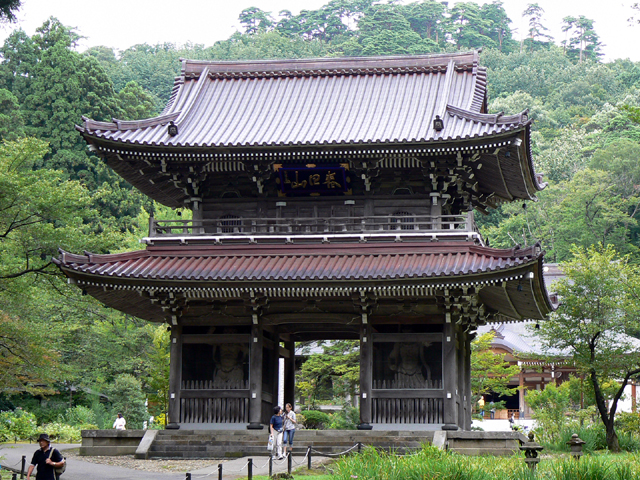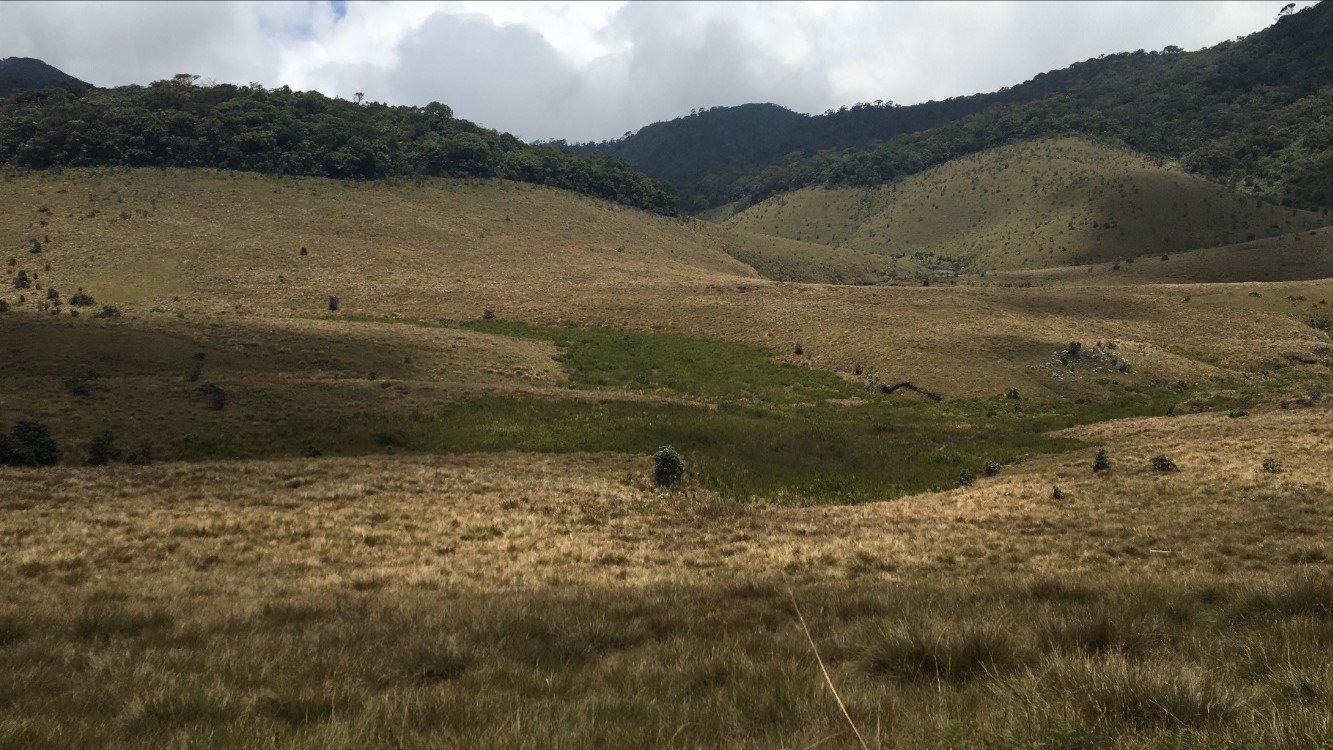|
Echigo Plain
Echigo Plain () or Niigata Plain () is an alluvial plain that extends from central to northern Niigata Prefecture is a prefecture in the Chūbu region of Honshu of Japan. Niigata Prefecture has a population of 2,227,496 (1 July 2019) and is the fifth-largest prefecture of Japan by geographic area at . Niigata Prefecture borders Toyama Prefecture and N ... in Japan. The area of the plain is approximately 2000km. It is the largest rice-growing area in Japan. The plain was formed by the Agano and Shinano rivers. References {{coord missing, Niigata Prefecture Plains of Japan Landforms of Niigata Prefecture ... [...More Info...] [...Related Items...] OR: [Wikipedia] [Google] [Baidu] |
Alluvial Plain
An alluvial plain is a largely flat landform created by the deposition of sediment over a long period of time by one or more rivers coming from highland regions, from which alluvial soil forms. A floodplain is part of the process, being the smaller area over which the rivers flood at a particular period of time, whereas the alluvial plain is the larger area representing the region over which the floodplains have shifted over geological time. As the highlands erode due to weathering and water flow, the sediment Sediment is a naturally occurring material that is broken down by processes of weathering and erosion, and is subsequently transported by the action of wind, water, or ice or by the force of gravity acting on the particles. For example, sa ... from the hills is sediment transport, transported to the lower plain. Various stream, creeks will carry the water further to a river, lake, bay, or ocean. As the sediments are deposited during flood conditions in the flo ... [...More Info...] [...Related Items...] OR: [Wikipedia] [Google] [Baidu] |
Niigata Prefecture
is a prefecture in the Ch┼½bu region of Honshu of Japan. Niigata Prefecture has a population of 2,227,496 (1 July 2019) and is the fifth-largest prefecture of Japan by geographic area at . Niigata Prefecture borders Toyama Prefecture and Nagano Prefecture to the southwest, Gunma Prefecture to the south, Fukushima Prefecture to the east, and Yamagata Prefecture to the northeast. Niigata is the capital and largest city of Niigata Prefecture, with other major cities including Nagaoka, J┼Źetsu, and Sanj┼Ź. Niigata Prefecture contains the Niigata Major Metropolitan Area centered on Niigata with a population of 1,395,612, the largest metropolitan area on the Sea of Japan coast and the twelfth-largest in Japan. Niigata Prefecture is part of the historic Hokuriku region and features Sado Island, the sixth largest island of Japan in area following the four main islands and Okinawa Island. History Until after the Meiji Restoration, the area that is now Niigata Prefectu ... [...More Info...] [...Related Items...] OR: [Wikipedia] [Google] [Baidu] |
Japan
Japan ( ja, µŚźµ£¼, or , and formally , ''Nihonkoku'') is an island country in East Asia. It is situated in the northwest Pacific Ocean, and is bordered on the west by the Sea of Japan, while extending from the Sea of Okhotsk in the north toward the East China Sea, Philippine Sea, and Taiwan in the south. Japan is a part of the Ring of Fire, and spans an archipelago of 6852 islands covering ; the five main islands are Hokkaido, Honshu (the "mainland"), Shikoku, Kyushu, and Okinawa. Tokyo is the nation's capital and largest city, followed by Yokohama, Osaka, Nagoya, Sapporo, Fukuoka, Kobe, and Kyoto. Japan is the eleventh most populous country in the world, as well as one of the most densely populated and urbanized. About three-fourths of the country's terrain is mountainous, concentrating its population of 123.2 million on narrow coastal plains. Japan is divided into 47 administrative prefectures and eight traditional regions. The Greater Tokyo Ar ... [...More Info...] [...Related Items...] OR: [Wikipedia] [Google] [Baidu] |
Agano River
The is a river in the Hokuriku region of Honshu, Japan. It is also called the Aga River or the ┼īkawa River in Fukushima. The source of the river is Mount Arakai on the border of Fukushima and Tochigi. It flows to the north and meets the Nippashi River from Lake Inawashiro and the Tadami River in the Aizu Basin, and then turns to the west and falls into the Sea of Japan. The Agano River flows for 210 kilometers. It has a watershed area of 7,710 square kilometers.Archived 3 January 2020 In 1964ŌĆō1965, a chemical factory at Kanose village in Niigata Prefecture released |
Shinano River
The , known as the in its upper reaches, is the longest and widest river in Japan and the third largest by basin area (behind the Tone River and Ishikari River). It is located in northeastern Honshu, rising in the Japanese Alps and flowing generally northeast through Nagano and Niigata Prefectures before emptying into the Sea of Japan. History The Shinano River has a long history in Honshu, and along with other rivers in the region, has a significant effect on the geography and ecology of the area. Originally the Shinano River would have drained straight into an estuary-like Fukushima lagoon before making its way into the Sea of Japan after flowing down from the Japanese Alps. Over centuries of sediments being brought downstream, a marshy plain formed in the lagoon into what is currently the Echigo Plain. Estimates presented in 1993 place the amount of loose sediment in the river system at . The construction of diversion channels have limited the upkeep required to keep a n ... [...More Info...] [...Related Items...] OR: [Wikipedia] [Google] [Baidu] |
Plains Of Japan
In geography, a plain is a flat expanse of land that generally does not change much in elevation, and is primarily treeless. Plains occur as lowlands along valleys or at the base of mountains, as coastal plains, and as plateaus or uplands. In a valley, a plain is enclosed on two sides, but in other cases a plain may be delineated by a complete or partial ring of hills, by mountains, or by cliffs. Where a geological region contains more than one plain, they may be connected by a pass (sometimes termed a gap). Coastal plains mostly rise from sea level until they run into elevated features such as mountains or plateaus. Plains are one of the major landforms on earth, where they are present on all continents, and cover more than one-third of the world's land area. Plains can be formed from flowing lava; from deposition of sediment by water, ice, or wind; or formed by erosion by the agents from hills and mountains. Biomes on plains include grassland (temperate or subtropical), ... [...More Info...] [...Related Items...] OR: [Wikipedia] [Google] [Baidu] |




